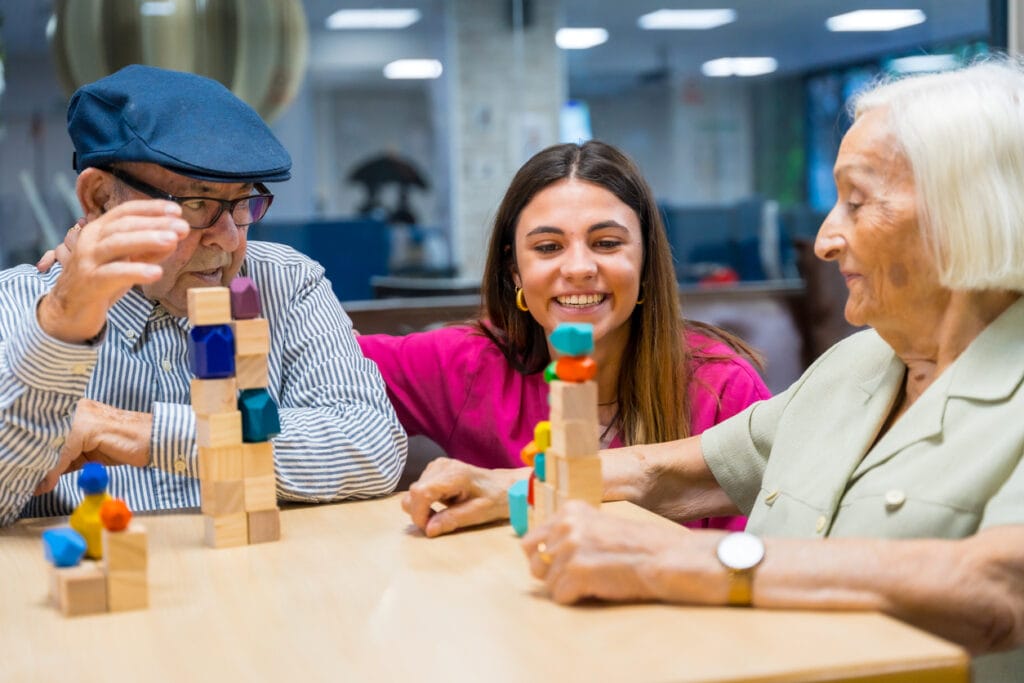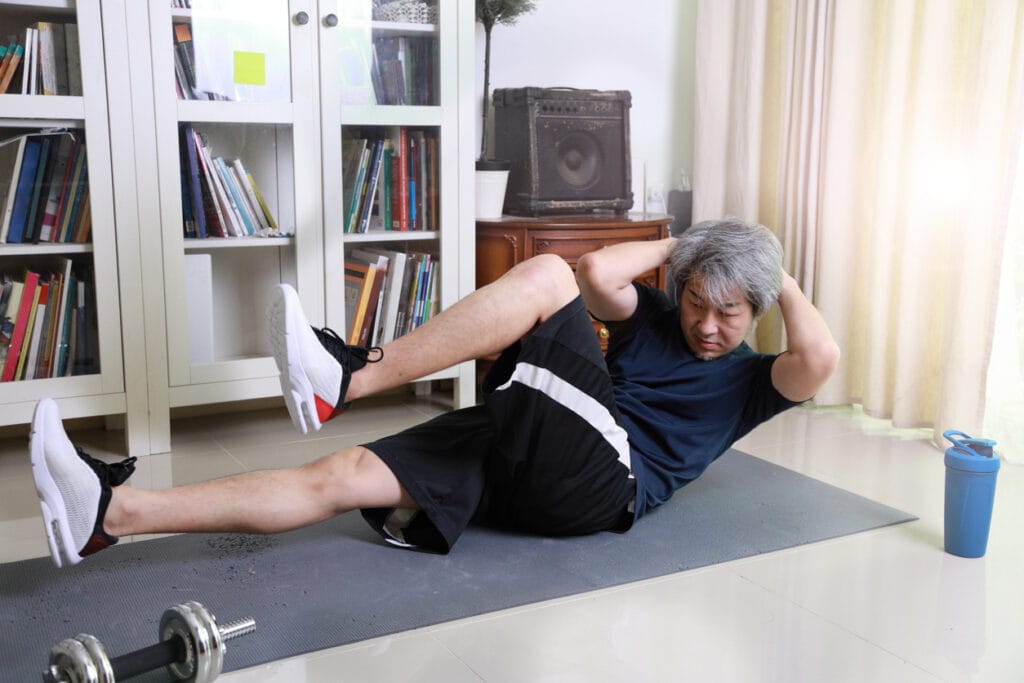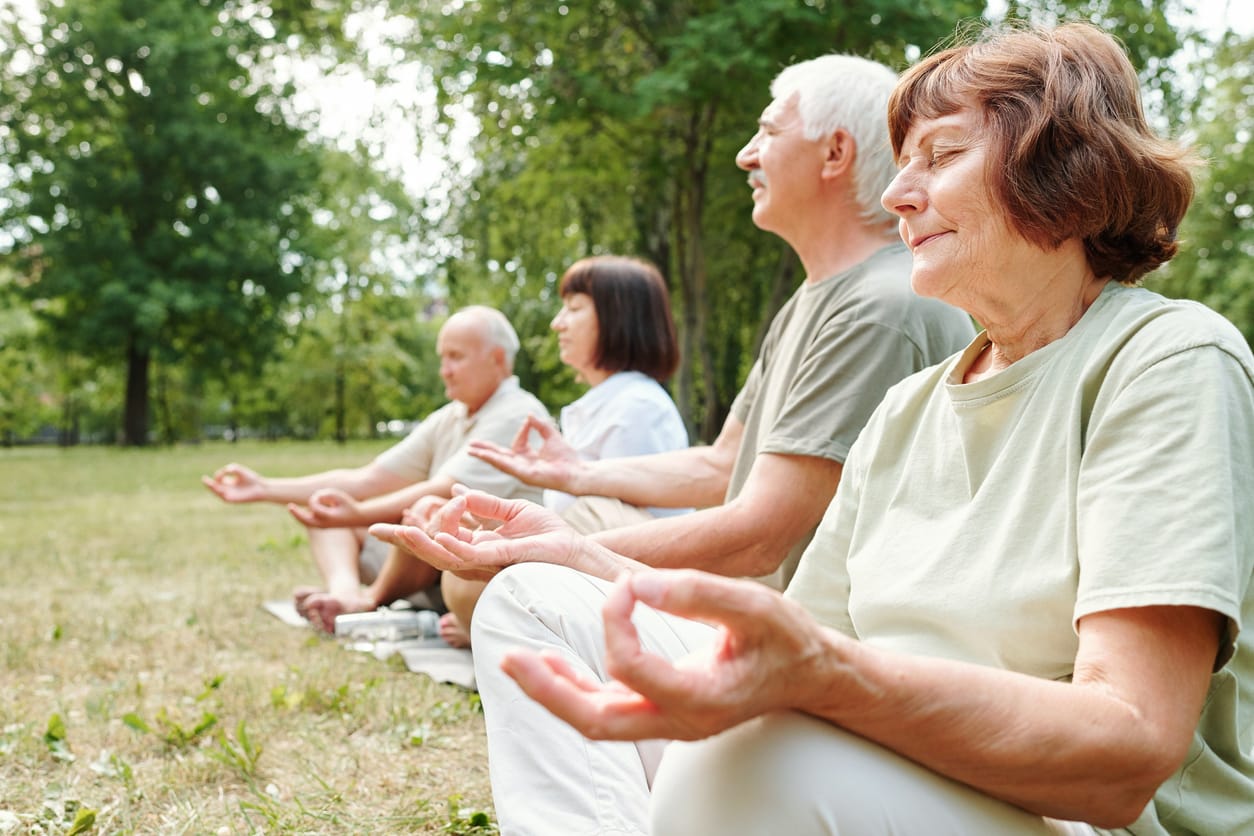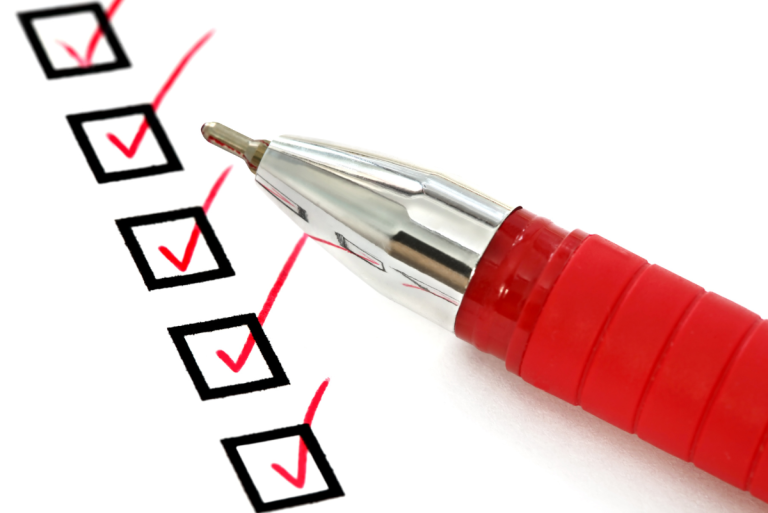In our fast-paced world, mindfulness offers a moment of peace, which is especially valuable as we age. It involves present-moment awareness, which can benefit seniors facing stress from life changes and health issues.
Guided relaxation sessions, tailored for the elderly, use techniques like deep breathing and progressive muscle relaxation to foster mental well-being. These sessions are not only a source of comfort but also enhance cognitive function and emotional resilience, making them a crucial tool for improving seniors' quality of life.
Understanding Mindfulness and Its Benefits
Mindfulness is a holistic wellness practice that originates from ancient meditation traditions. At its core, mindfulness involves focusing on the present moment in a non-judgmental and accepting manner. This practice helps individuals observe their thoughts and feelings without getting caught up in them, promoting a state of calm and clarity.
For seniors, the benefits of mindfulness are particularly profound. Regular mindfulness practice can significantly reduce stress by helping seniors manage their reactions to challenging situations, leading to more peaceful daily living. Additionally, it aids in emotional regulation, allowing older adults to better handle mood fluctuations and respond more positively to the stresses of life.
Cognitive function also sees notable improvements with mindfulness. Engaging in mindfulness exercises can enhance attention, memory, and decision-making skills. This is crucial for seniors as it can help maintain their independence and improve their overall quality of life.
“Mindfulness practices enhance the connection between our body, our mind, and everything else that is around us.”
Types of Guided Relaxation Techniques Suitable for Seniors
Mindfulness can be practiced through a variety of techniques that are adaptable and senior-friendly, catering to different physical capabilities and health conditions. Here are some effective guided relaxation techniques that can significantly benefit seniors:

Guided Imagery
Guided imagery involves leading the individual through a series of calming visualizations, often accompanied by soothing audio. This technique helps seniors visualize peaceful scenes, which can reduce stress and promote a sense of tranquility. It is especially beneficial for those who may have mobility limitations, as it requires no physical exertion, only the ability to listen and imagine.
Progressive Muscle Relaxation (PMR)
PMR is a technique where one tenses and then relaxes different muscle groups in a sequential manner. This not only helps in reducing physical tension but also decreases mental stress, enhancing overall relaxation. PMR is particularly useful for seniors as it can be modified for those who may have certain physical restrictions by focusing relaxation on accessible muscle groups.

Mindful Breathing
Mindful breathing focuses on deep, controlled breathing to help steady the mind and reduce anxiety. This practice can be performed while sitting, lying down, or even standing, making it extremely adaptable for seniors with varying health conditions. It encourages practitioners to focus on their breath, which is a fundamental aspect of mindfulness that helps stabilize emotions and improve concentration.
Chair Yoga
While not exclusively a mindfulness practice, chair yoga incorporates mindful movements and breathing techniques, making it an excellent option for seniors. It involves performing yoga poses from a seated position or using a chair for support, which makes it accessible for those with physical limitations. Chair yoga helps improve flexibility, balance, and overall wellbeing, while also offering the mindfulness benefits of meditation.
How to Implement Guided Relaxation Sessions for Seniors
Incorporating guided relaxation sessions into a senior’s daily routine can greatly enhance their mental and physical wellbeing. Here's a step-by-step guide on how to begin these sessions, along with practical tips for caregivers to create a conducive environment.
Step 1: Choose the Right Technique
Start by selecting a relaxation technique that aligns with the senior’s interests and physical capabilities. Consider techniques like guided imagery, progressive muscle relaxation, mindful breathing, or chair yoga. It might be helpful to try different methods to see which one resonates best with the senior.
Step 2: Create a Relaxing Environment
Ensure the environment is calm and inviting. Use a quiet room with minimal distractions. You can enhance the atmosphere with soft lighting, comfortable seating, and perhaps gentle background music or nature sounds. Make sure the temperature is comfortable, and consider having blankets or cushions to provide additional comfort.
Step 3: Schedule Regular Sessions
Consistency is key in building a mindfulness practice. Schedule sessions at a time of day when the senior feels most alert and relaxed. Morning sessions can set a peaceful tone for the day, while evening sessions might help wind down before bedtime. Ideally, these should be daily sessions, but even a few times a week can be beneficial.
Step 4: Guide Through the Techniques
If you’re guiding the session, use a calm and soothing voice. Start with short sessions, about 10-15 minutes, and gradually increase the duration as the senior becomes more comfortable with the practice. There are also numerous resources available, such as CDs, apps, or online videos, which can lead these sessions if direct guidance isn't possible.
Step 5: Observe and Adjust
Pay attention to how the senior responds to different techniques and environments. Ask for their feedback and be ready to make adjustments. Some seniors might prefer longer periods of silence, while others may benefit from more structured guidance.
Practical Tips for Caregivers
- Timing: Choose times when the senior is less likely to be interrupted, avoiding periods right after meals or when they are typically tired.
- Adaptability: Be flexible in how the sessions are conducted, adjusting the techniques and environment as needed based on the senior's feedback and health changes.
- Engagement: Encourage the senior to actively participate in setting up the environment and choosing the techniques, which can increase their interest and commitment to the practice.
Key Takeaways
Guided relaxation sessions offer significant benefits for seniors, enhancing their mental and physical health while providing a vital tool for managing the stresses associated with aging. These sessions, which can include techniques like guided imagery, progressive muscle relaxation, mindful breathing, and chair yoga, help reduce stress, improve emotional regulation, and boost cognitive function. Importantly, they can be adapted to suit different physical capabilities and health conditions, ensuring that every senior can participate.
Key considerations when implementing these sessions include choosing the right technique that aligns with the senior's preferences and abilities, creating a calming environment, and establishing a consistent schedule that fits into their daily routine. Caregivers play a crucial role in facilitating these sessions, making it essential to adjust the approach based on the senior's feedback and evolving needs.





